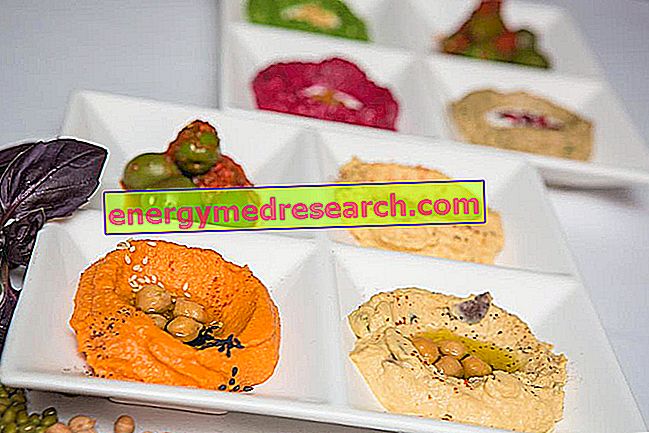Aloe in history
For over five millennia, aloe is considered a magical plant, capable of solving all human ills: Aloe Barbadensis, a prodigy of nature.
For the ancient Egyptians, the Aloe boasted even immortal properties: this plant helped the dead pharaohs find their way to the land of the dead. In fact, according to the "papyrus of erbes" the Aloe ensured a long life to the mummified body of the pharaoh.

The ancient Romans exploited Aloe for its healing properties: it was used in the form of a soothing and healing balm for the treatment of soldiers' war wounds.
In the treatise "Historia Naturalis" by Pliny the Elder, the therapeutic properties of Aloe for stomach disorders were described, to accelerate wound healing, headache, constipation problems, skin irritations and even for baldness.
The Mayans used the Hunpeckin-ci (Aloe, in fact) to counteract a headache.
Aloe is of such importance that it is even mentioned in the Kamasutra, a world-famous sexual guide, for its (alleged) aphrodisiac properties.
In this article we will try to shed light on the real therapeutic potential attributable to this plant of great popular interest.
Aloe is made up of four major categories of components, each of which gives the drug different but, at the same time, very important properties.
Mucopolysaccharides in aloe
The first large family of constituents is represented by the mucopolysaccharides, of complex sugars whose consistency is related to the elicina (secretion of the snails): to these carbohydrates is the gastroprotective property, because, adhering to the stomach, they form a sort of film that protects all the gastric tract from acids or irritants which would alter its correct functioning. But not only. The mucopolysaccharides have an extraordinary potential even in stimulating the body's defense system, protecting it from possible attacks by pathogens.
Aloe is also recognized for its healing and epithelializing properties: the healing of a wound is favored by glucomannans (glucose and mannose polymers), which stimulate the activity of macrophages, enhance collagen synthesis and increase re-epithelialization.
Trace elements in aloe
The second group of Aloe components refers to trace elements: minerals, vitamins and other nutrients constitute a real resource for this plant. Among the minerals present, manganese and selenium fall into two important enzymes (glutathione peroxidase and superoxide dismutase), whose action is expressed through antioxidant potential: it seems that their anti-radical power is also used to slow down the process of cellular aging. These important properties are exploited by the world of cosmetics, which uses aloe in anti-aging creams.
The vitamin-mineral mix also gives Aloe other properties: a good supply of oxygen to the tissues is guaranteed, thanks to a better blood supply .
Steroids in aloe
Steroids represent the third group of important substances that make up aloe: the anti-inflammatory property is attributed to steroids, which is the most studied and documented of all. In fact, it appears that the action performed by steroids can be compared to that exerted by synthetic drugs (steroid-based), without all the toxic side effects of the chemical molecules in question. Aloe gel has a soothing and calming effect on inflamed tissues.
Anthraquinones in aloe
The anthraquinones are the protagonists of the last, certainly not of importance, group of components: these substances are called the "body scavengers", because they purify the organism by exerting their laxative action through the stimulus on the muscular contractions of the terminal part of the intestine.
The first scientific study to which the discovery of anthraquinones is recognized dates back to 1851: in that year the Anglo-Saxon researchers Smith and Stenhouse identified aloin, a substance responsible for the laxative effects attributed to Aloe.
Presumed properties
Aloine, haloetic acid and anthraquinone glycosides attribute to the aloe natural antibiotic properties : from here you can understand the use of aloe in disinfectant and antibiotic creams.
Recent studies also attribute possible anti-cancer properties to Aloe, but to have a concrete certainty we will have to wait for more detailed research: potentially Aloe could block some cellular reactions that lead to the formation of pre-cancerous forms. For the time being, official medicine is not unbalanced.
All the properties mentioned above allow this extraordinary plant to be called "the queen of therapeutic plants existing on Earth".
Watch the video
X Watch the video on youtube



